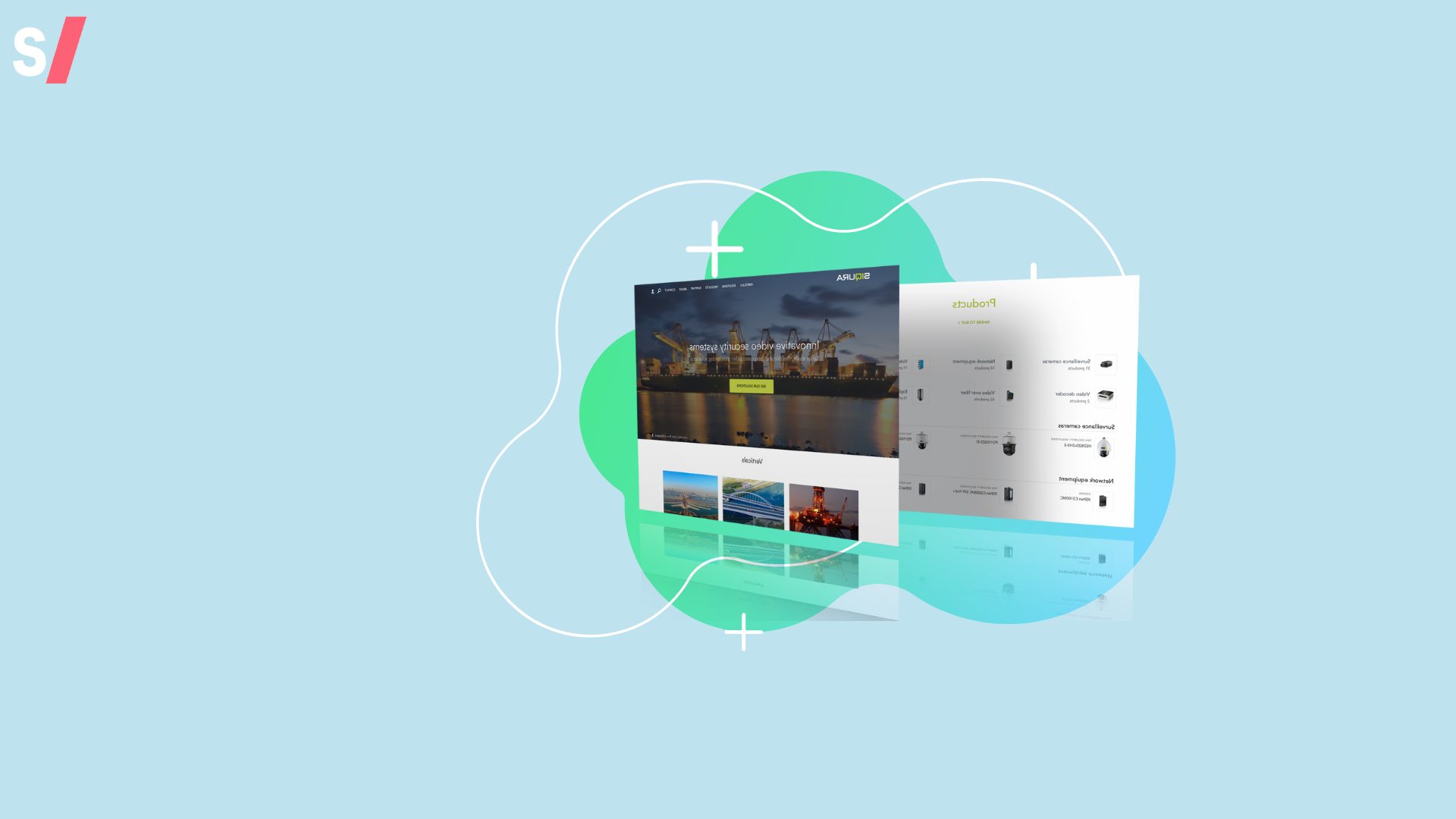As the world is changing, consumer habits are changing along with it. Consumers expect an effortless, personalized shopping experience with no technical difficulties or hiccups — both in-person and online. Your business has to provide that experience to remain competitive.
While developing new business practices can be challenging, it’s your job as a professional to adapt to your changing environment and find new ways to keep your customers satisfied. Here are some basic ways you can utilize new technologies and improve your customer experience (CX).
1. Automated Service
Rather than walk customers through a question or problem over the phone, let them take matters into their own hands. Automated customer service relies on artificial intelligence (AI) to communicate with customers, making the problem-solving process much smoother.
With AI’s unbiased and unscripted guidance, customers can choose the solution that’s best for them, not the answer a human service representative suggested. An AI chatbot is always on 24-hour standby, which allows customers to leave the problem and come back to it later, which is something human employees cannot do.
Customers can solve their problems more quickly and efficiently with the potential for human error out of the picture. An automated service will also reduce your labor costs, so everyone experiences an immediate benefit.
2. Optimize Online and In-Person Stores
If you see a lot of open carts but few purchases, something is probably wrong with your store, not your product. That statement applies to both your business’s online and in-person shopping experience.
You must optimize your online store for individualized shopping. Personalized content and product descriptions will significantly improve the user experience. To accomplish this, you must rely on the latest and best analytics tools to study customer habits and behaviors.
You should first determine what retail store layout works the best for in-person shopping. That will take some time and experimentation. No configuration is immune to store traffic, though. If you want your customers to have the best in-person buying experience, you should invest in a smart security system with cameras.
Unlike traditional security cameras, smart security systems are made up of IoT (Internet of Things) devices embedded into cameras, sensors, and alarms. They tell you how much time a person spends in the store, what the busiest hours are, and more, in addition to keeping your store safe.
3. Choose the Right People-Counting System
Along with a smart security system, a people-counting system will help maximize your store’s potential. A people counter does much more than monitor the number of patrons. It calculates conversion rates, traffic density, which areas draw the most or least people, and can even help measure the effectiveness of a promotion or marketing campaign, among other things.
Its biometric technology recognizes different customers and their shopping preferences. You can use this information to alter your store layout, hours, or address other factors, like cutting down on long lines.
People-counting systems are multi-faceted and built for every kind of business across all industries, which means you have many options. Choose the best fit for your business and start monitoring your store’s activity in greater detail.
4. Prioritized Callbacks
One of the most widespread customer complaints is being put on hold. Put an end to this longtime customer service deficiency by offering prioritized callbacks. Rather than leaving customers on hold, place them in a queue and let them go about their days.
When a customer’s time in the queue arrives, your company can give them a call — not the other way around. By being proactive and calling the customer at a predetermined time, you show that you value their time and stick to commitments. Prioritized callbacks will reduce your company’s abandonment rate and improve customer experience.
5. Blended Call Centers
The blended call center allows your customer representatives to give and receive calls simultaneously, maximizing their time and energy. Most companies still rely on automatic call distribution, but blended calls allow reps to work together and handle the overflow of inbound and outbound calls so nobody falls behind.
While prioritized callbacks make the process easier for customers, blended calls make the process easier for your employees. Together, they create an easy, satisfactory calling experience for both parties and will improve your conversion rate.
6. Personalized Messaging
If you want to establish stronger relationships with your customers and create a more relevant message for your target audience, you need to use all the tools at your disposal. Earlier, we mentioned business analytics to help optimize your online store, but you can also use social media analytics tools to give you insight into customer attitudes and help you develop personalized messages.
Social media is another powerful tool for developing personalized messaging. Peruse the likes, comments, and other interactions to see what your audience is discussing. Once you’ve collected enough information, you can tailor a message directly to your audience that will lead to a better customer experience.
Technology Makes Way for Personalized CX
The new technologies we discussed, among many others, are paving the way for a personalized customer experience that we didn’t think possible. Happy customers buy more products, leave great feedback for others to see, and eventually become a part of your loyal customer base.
So what are you waiting for? Use the latest resources at your disposal and take your business to new heights.
Author’s bio:
Zac Amos works as the Features Editor at ReHack where he writes about the many everyday applications of technology.
Read more of his work at ReHack!
27 December 2021




